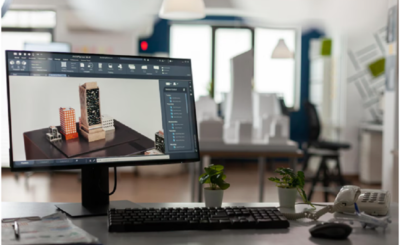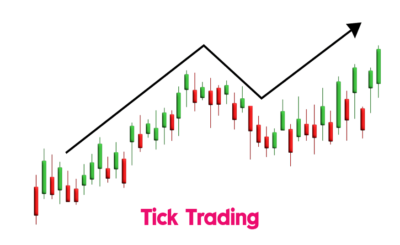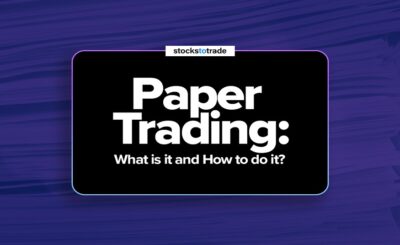Trade shows are one of the most effective ways for businesses to meet customers, display products, and build brand awareness. But to stand out in a busy exhibition hall, you need more than a simple booth. You need proper trade show fabrication that brings design, structure, and branding together in a professional way.
Trade show fabrication covers the entire process of creating your booth — from early design concepts to building, installing, and dismantling the setup. This is what makes your booth strong, attractive, and functional during the event.
What Is Trade Show Fabrication?
Trade show fabrication means designing and constructing a booth specifically for exhibitions. It includes booth layout, lighting, graphics, materials, and branding. Every piece of the booth is planned and built to reflect your brand and attract visitors.
A properly fabricated booth helps your business make a strong first impression. With the right design, your display becomes engaging, organized, and easy for people to explore.
Why It Matters
A trade show is full of competing brands. Your booth design is the first thing visitors see. Good fabrication helps you pull people in, guide them around your display, and highlight what your business offers.
It also helps your brand look professional. A high-quality booth shows that your company cares about detail, presentation, and customer experience. In many cases, booth quality directly affects the number of leads you generate.
Key Parts of Trade Show Fabrication
1. Booth Design
The process begins with booth design. Designers create visuals and layout plans to match your brand identity. This includes color schemes, signage placement, lighting, and the walking path inside the booth. A strong design provides the base for successful fabrication.
2. Materials
Choosing the right materials keeps the booth strong yet easy to install. Popular materials include wood, aluminum, acrylic, PVC boards, and printed fabric. Lightweight materials help reduce shipping and setup costs.
3. Construction
Once the design is approved, fabricators start building the booth. They cut and assemble structures, install lighting, make custom displays, and prepare floors or platforms. This step requires skilled carpentry, metalwork, and finishing.
4. Graphics
Graphics are one of the biggest attention-grabbers. High-resolution print panels, banners, lightboxes, and wall graphics help deliver your message quickly. Simple, bold messages work better in crowded exhibition spaces.
5. Technology
Many modern booths include technology such as LED screens, interactive displays, touch screens, VR demos, and product videos. Technology helps keep visitors engaged and encourages them to learn more.
6. Installation
Finally, the fabrication company transports the booth to the event and assembles it on-site. After the event, they dismantle everything and pack it safely. This ensures your booth stays in top condition for future use.
Types of Booths
There are a few major booth styles beginners should know. An inline booth is the most basic and sits in a row with other exhibitors. A corner booth gives more visibility with two open sides. A peninsula booth opens on three sides and offers more space. The top-tier option is an island booth, open on all sides and fully customizable.
Cost of Trade Show Fabrication
Costs depend on booth size, materials, graphics, and customization level. A small booth may cost between $3,000 and $8,000, while medium booths range from $10,000 to $40,000. Large custom booths can easily exceed $50,000. Renting a booth is cheaper but offers less branding control.
Beginner Tips
Set clear goals before starting your project. Decide whether your main purpose is leads, branding, or product display. Create a realistic budget that includes building, shipping, installation, and storage. Choose an experienced fabrication company with a strong portfolio.
Also, focus on visitor experience. Keep the booth open, organized, and easy to walk through. Use high-quality graphics and make sure the lighting highlights your key products. Starting early ensures smooth planning and fewer last-minute issues.
Choosing the Right Fabricator
A good fabrication partner makes the whole process easier. Look for companies that handle everything in-house: design, printing, construction, and installation. Check their reviews, past work, and ability to work in your event location. Clear communication and transparent pricing are also important.
Conclusion
Trade show fabrication is a crucial part of creating a booth that stands out in a busy event hall. When your booth is well-designed and properly built, it helps attract visitors, strengthen brand image, and improve your overall event performance. For beginners, understanding the process makes it easier to plan effectively and get the best results from your investment.









